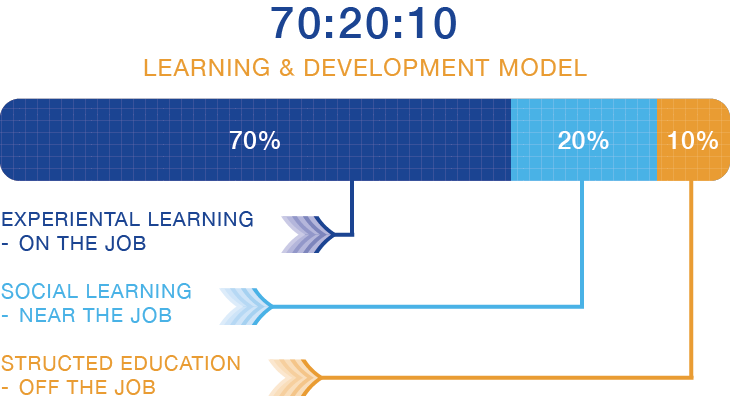When implementing a project or initiative, both change management and project management are...
What is a Project Management Professional (PMP) Certifications?

Many short certifications are available in Project Management Professional (PMP) Certifications.
There are so many that it is a job to understand what each one says about the people who hold them and how they help the organizations, which usually cover the costs for the training.
It’s impossible to describe the whole range of Project Management Professional (PMP) Certifications and the sometimes minor differences between them within a short article’s limits. This article discusses the fundamentals and offers a few scant examples. It helps to provide a foundation for considering certifications in the context of advancement and lifelong learning. It will conclude by providing a complete path from the basics to the top of the profession.
Want to know more about Project Management Professional (PMP) Certifications? Visit our courses now.
Let’s start with a concept known as Bloom’s Taxonomy. The educational psychologist Benjamin Bloom created a hierarchical system in 1956 that is used to group learning objectives into different difficulty levels.

It’s important to note that this hierarchy requires progression through each level to reach the following.
Successful project and program managers reach the analysis and synthesis levels of competence, but they can only do so after making progress in knowledge, comprehension, and application. Short course certifications are important at these starting levels.
Praxis Framework Foundation, PRINCE2 Foundation, the PFQ from the APM, and the CAPM from the PMI are a few examples of knowledge-level certifications. These certifications serve as proof that a user can understand details related to the subject of project (and sometimes program) management.
Practitioner-level certifications like Praxis Framework Practitioner, PRINCE2 Practitioner, the PMQ from the APM, and the PMP exam from the PMI provide evidence of one’s understanding of the information.
However, it is possible to learn knowledge and comprehension in the classroom. Applying that knowledge in the workplace is what you must do in the following stage. In fact, according to the 70:20:10 learning model (created by McCall, Lombardo, and Eichinger in the 1980s), most learning takes place at work.

Certifications acquired in a classroom are useless at this level. They simply provide a starting point for on-the-job training and practice. Because every project and program is different, experience is ultimately what leads to the ability to analyze and integrate, which is what any project or program manager has to do.
However, this does not mean that after the understanding level, certification is not acceptable. Assessment of experience rather than written examination is important in this situation because acknowledging and providing evidence that someone has acquired these higher levels is still important.
The Chartered Project Professional (ChPP) title from the Association for Project Management, in my opinion, marks the pinnacle of this progression. The issue of “How can I get aid in shifting from one to the other?” is legitimate given that there is a gap between ChPP and practitioner-level certifications. ”
When internal growth programs offer coaching, mentoring, and support in a progression of managing increasingly more demanding tasks, they are ideal. Even the greatest of these can be enhanced by the resources found in the Praxis Pathway’s “Individual Path” component.
The Praxis Pathway for Individuals begins with fundamental and practitioner certifications before offering a variety of supports as you acquire experience using that knowledge in the real world.
You can become the Praxis Practitioner when you’re ready. Your ability to apply, analyze, and synthesize knowledge to successfully manage projects and programs is verified by this interview-based examination. Adhering to the APM’s code of ethics and ongoing professional development is only a short step from there to becoming a Chartered Project Professional.
Being well-versed in the PPM’s concepts and practices is only one aspect of being a qualified and successful project and program manager. Every project and program is different, so the ability to modify an application is important. Applications and the upper levels of Bloom’s Taxonomy are built on a base of knowledge and comprehension courses and certificates.
Different forms of support are needed for efficiently developing knowledge use. Providing that support and later recognizing the capacity to apply, analyze, and synthesize knowledge through the Praxis Professional certification is one of the primary goals of the Praxis Framework. After then, dedication to moral behavior and ongoing professional growth makes it possible to acquire Chartered Status, the highest level of the profession.

Here at CourseMonster, we know how hard it may be to find the right time and funds for training. We provide effective training programs that enable you to select the training option that best meets the demands of your company.
For more information, please get in touch with one of our course advisers today or contact us at training@coursemonster.com
